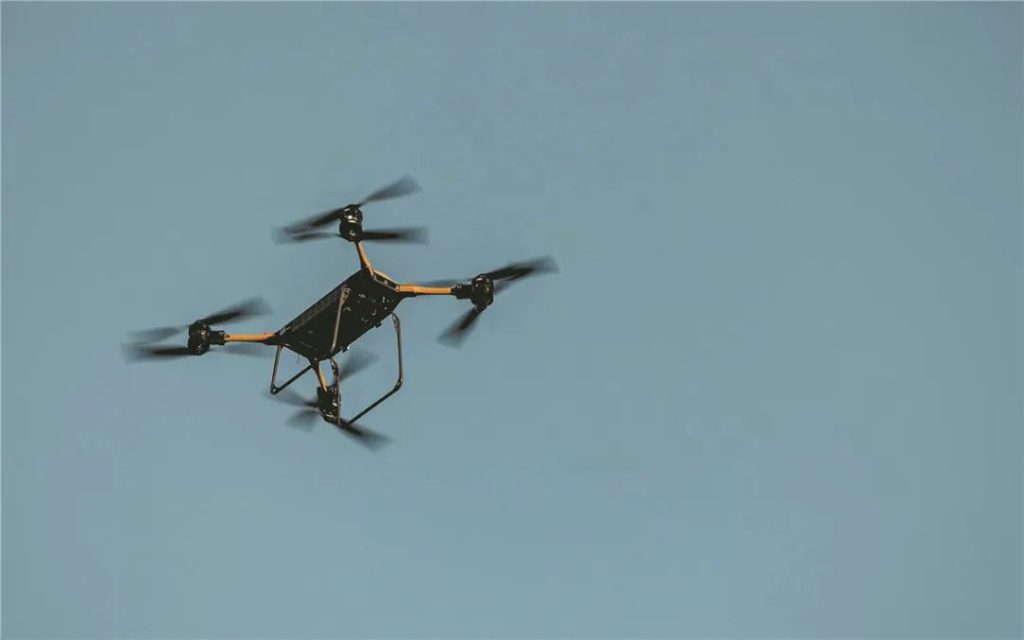According to the American Naval Association, on February 23rd, U.S. Marine Corps Commander David Berger signed the “Marine Corps Design 2030” supporting logistics vision. This document focuses on how to transport weapons, ammunition, food, and medical equipment to various forces spread over thousands of square kilometers, with a special emphasis on supplying forward forces located within the range of enemy missiles.
Forward supply, also known as the “last mile” of logistics supply, refers to the delivery of supplies from forward bases to frontline combat forces. According to the relevant regulations of the United States Marine Corps during its operations in Afghanistan, the daily supply of frontline combat troops is approximately 20000 pounds (approximately 9072 kilograms), including food, water, fuel, ammunition, and maintenance components. Some of the supplies are required to be delivered within 24 hours after receiving the application. In this situation, the efficiency of air drop of transport aircraft is low, and helicopter airlift is vulnerable to ambush by opponents. UAVs have become a new option for the US Marine Corps.
As early as 2011, the US Marine Corps used Kaman’s K-MAX unmanned helicopter for supply delivery. The K-MAX unmanned helicopter can carry more than 2 tons of cargo, mainly performing night and high altitude aerial supply missions. The US Marine Corps believes that adversaries in the ocean have advanced wide-area maritime surveillance systems, and that the large K-MAX unmanned helicopters are not only difficult to hide, but may also expose the whereabouts of marine warfare units located on leading islands and reefs.
In recent years, the US Marine Corps has attempted to use small unmanned aerial vehicles for forward supply. In October 2021, the United States Navy and the Marine Corps collaborated on a small unmanned aerial vehicle supply demonstration. The TRV-150 tactical supply drone, developed under the leadership of the US Marine Corps, participated in this project.







Please sign in to comment
register